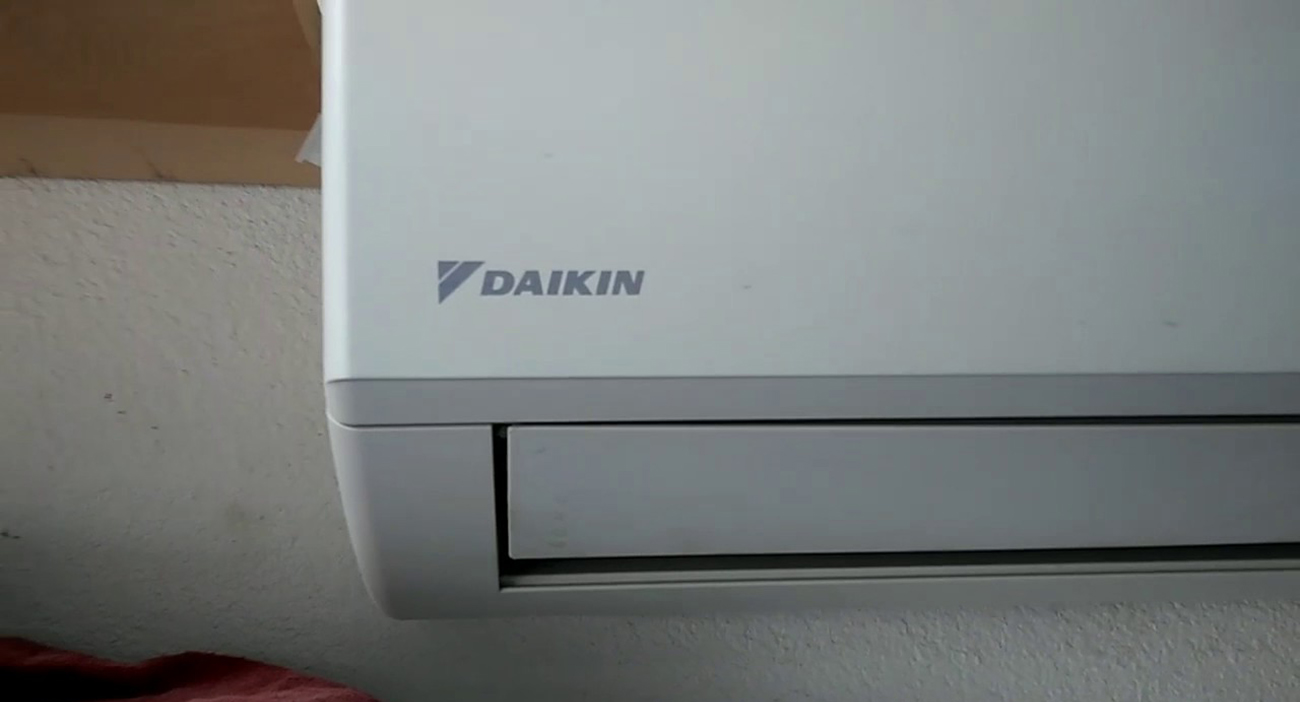
06 Nov Why should I go ductless?
While ductless split system air conditioners have provided reliable service for many years in different markets across the globe, U.S. consumers have only recently recognized the numerous benefits provided by ductless technology.
The Difference with Ductless
Traditional central air conditioning systems are complex, cumbersome and highly inflexible. In many instances, building designs are significantly altered to accommodate the needs of the air distribution system. The ductwork grid can often degrade total system performance due to improper sizing, leakage and accumulated dirt and debris. By contrast, ductwork is completely eliminated in a ductless air conditioning design. Each system is a self-contained, quiet air conditioner unit. An indoor fan coil housed in a stylish enclosure can be installed on an exterior wall or in the ceiling, and the condensing unit is positioned outdoors, away from the living area.
The versatility afforded by ductless systems provides architects and engineers with additional options in system design. Strategically positioning individual air handler units essentially creates point of use heating and cooling, which will increase comfort, reduce moving air noise, and enhance system efficiency.
In new construction, installing a ductless system eliminates the rough-in stage of the job. Most installations are completed in one or two days with minimal disruption to the customer’s daily routine. Ductless mini splits can be configured for multiple zones in a whole house application or serve as a small office air conditioner. They are particularly effective in garage conversions, room additions, data centers or any area requiring supplemental cooling. The ultra quiet air conditioner operation offered by a ductless split system is especially attractive for media rooms, recording studios, meeting rooms and anywhere that background noise can be a distraction.
6 Reasons to Install a Ductless System
Effective in Low Temperatures: Ductless heat pumps are designed to provide consistent indoor heating comfort when outside temperatures drop to 14 degrees Celsius. Qualified HVAC contractors can install an electric heat strip when supplemental heating is required.
Quiet Comfort and Control: Ductless heat pumps and air conditioners operate at lower velocities, and they do not have the same level of air noise associated with conventional HVAC systems. Homeowners appreciate a quiet air conditioner for bedroom use that also has a low profile.In multi zone systems, every indoor unit has a separate remote control, so the temperature can be tailored to the individual preference of each occupant.
Better Air Quality: Over time, the ductwork in a home accumulates dirt, debris and other contaminants, which are continually recycled back into the living area. This condition can aggravate respiratory ailments, especially in the elderly and young children. Ductless split system air handlers are equipped with advanced filtration media, so the pollutants in each room are trapped and eliminated, which dramatically reduces the chance of cross contamination.
Save Energy and Money: Ductless air conditioners and heat pumps employ advanced inverter technology that regulates compressor operation to provide exceptional cost-effective performance. In fact, the Mitsubishi air conditioner line is available in efficiencies ranging from 13-26 SEER. A ductless heat pump system can save up to 40 percent when compared to a standard electric furnace or electric baseboard heating.
Ease of Installation: Since the ductwork is eliminated from the system, ductless mini splits require far less labor to install than conventional HVAC equipment. This is especially important in retrofit applications where the central air distribution network is found to be inadequate in meeting the building’s load requirements. Indoor ductless fan coil units only require one 3 inch hole in an exterior wall to accommodate the connections to the outdoor condensing unit.
Ideal for Retrofit Applications: In older buildings with thick walls, installing ductwork and conventional HVAC equipment may be impractical or too costly. In a ductless system, the indoor and outdoor components can be located up to 50 feet away with only a negligible loss of efficiency. This flexibility allows condensing units to be installed in areas where they will remain inconspicuous and unobtrusive.




